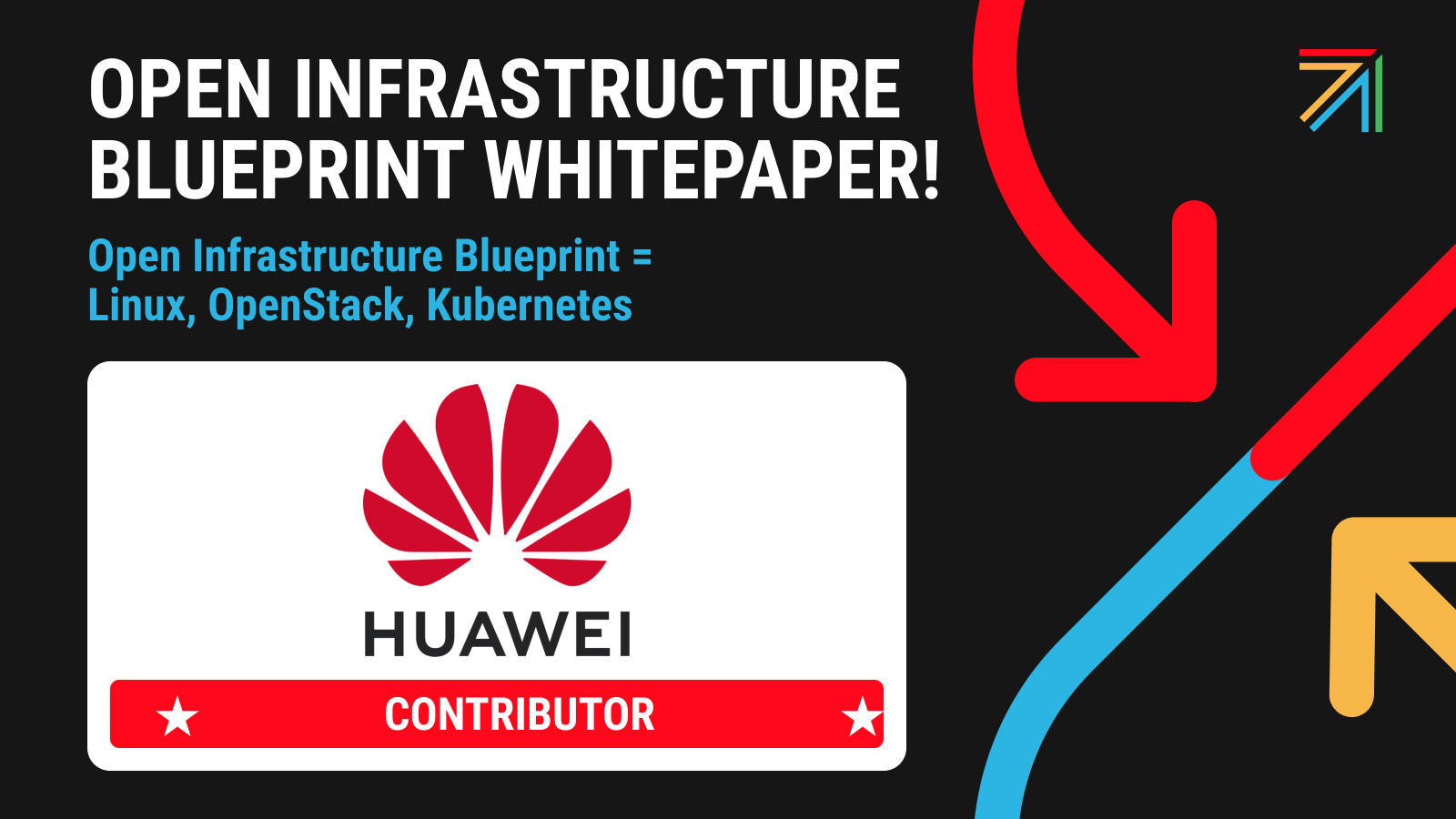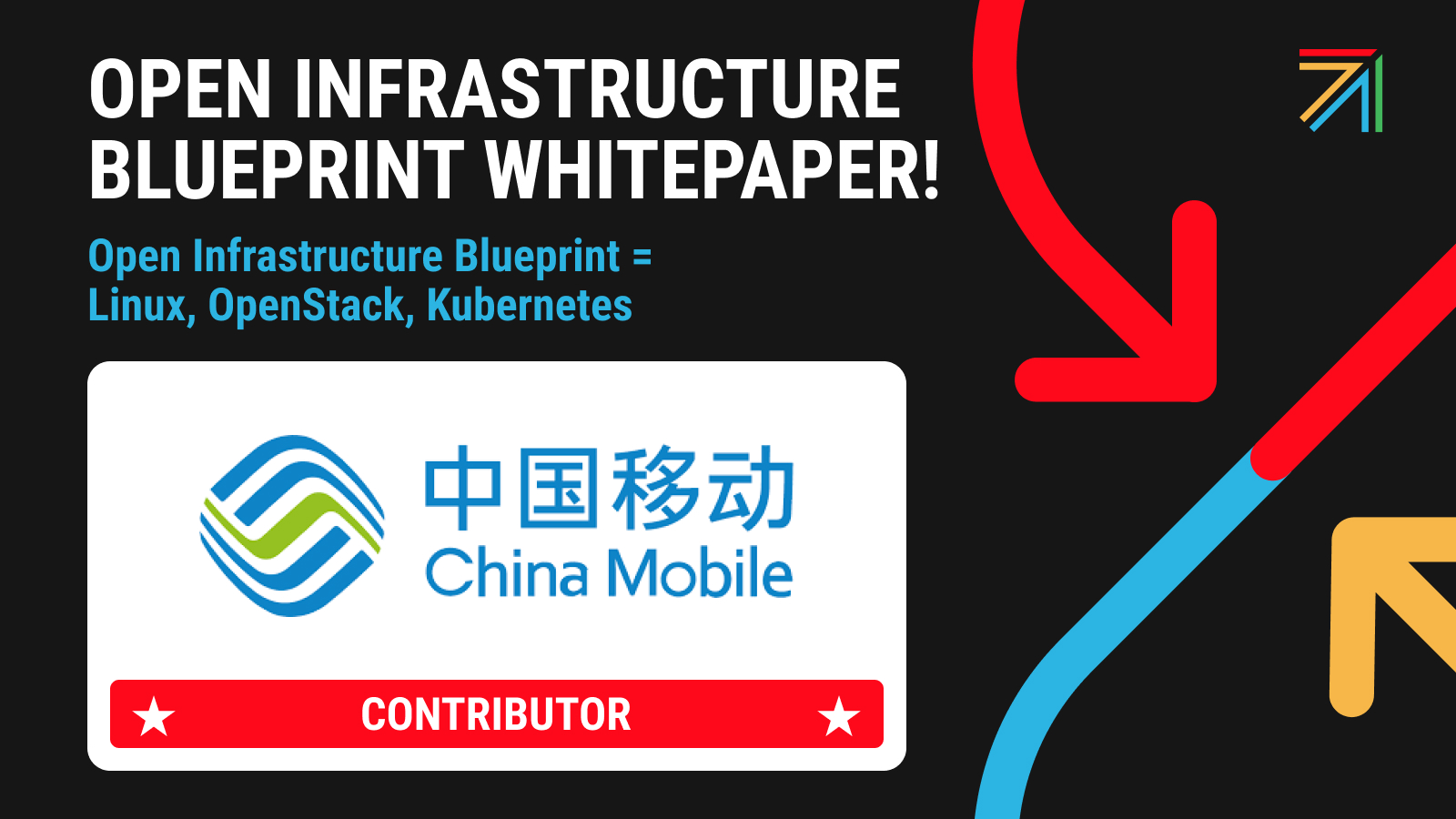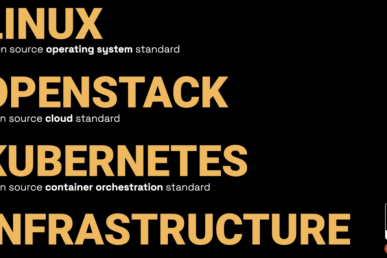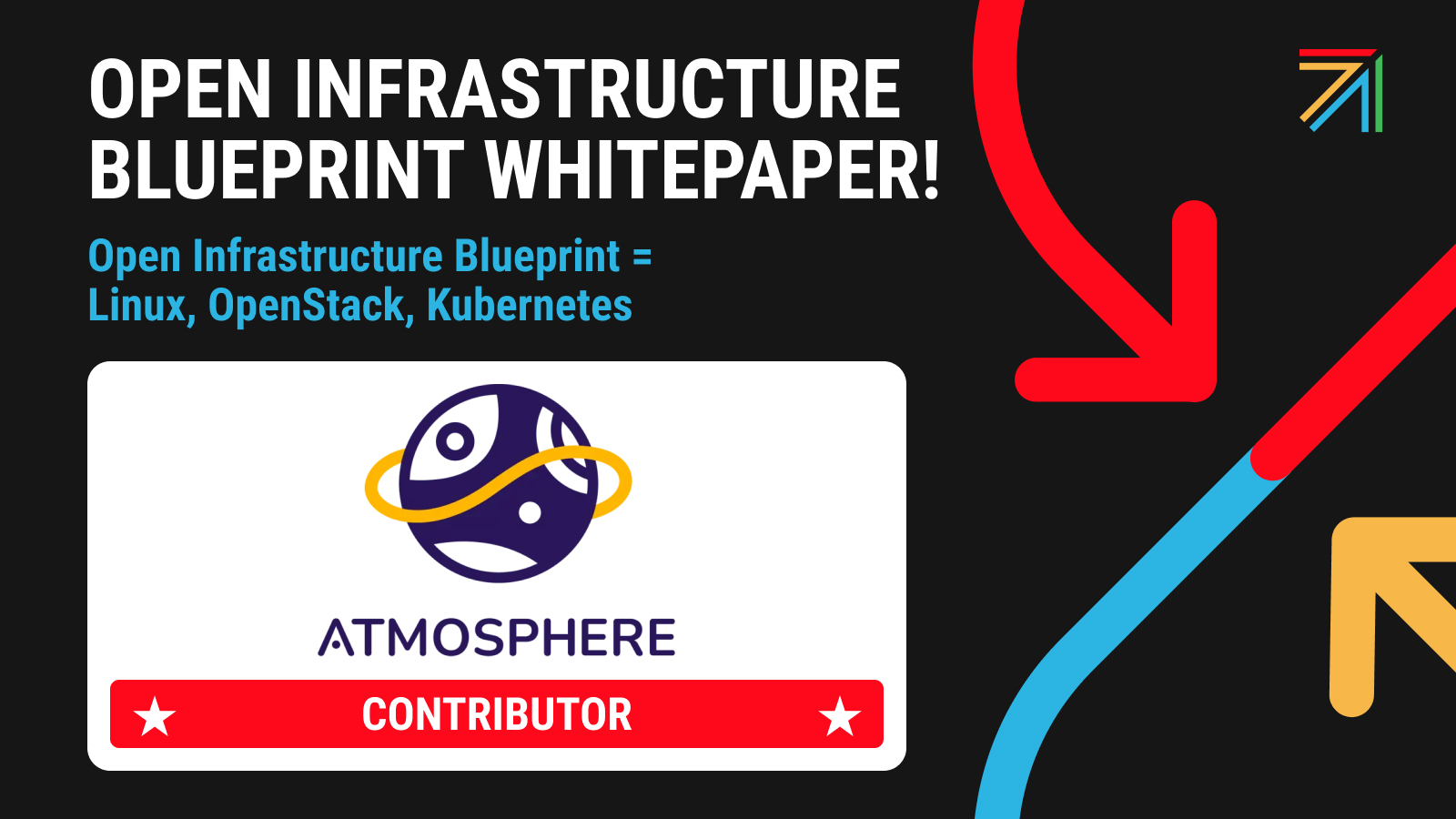The Huawei Dual Engine case study is part of an OpenStack community effort to highlight the collection of open source projects that has risen as a powerful top-to-bottom open source infrastructure stack. This stack is made with Linux, OpenStack and Kubernetes, composing the Open Infrastructure Blueprint.
Huawei Dual Engine is a solution by Huawei Technologies, co.LTD that combines modules of OpenStack and Kubernetes, which are tightly connected at the IaaS and PaaS layers. For example, Ironic will be used for bare metal management for both OpenStack servers and Kubernetes infrastructure and Neutron will be the north bound network API for the whole solution.
What operating system is Huawei Dual Engine running?
OpenEuler
How are you integrating OpenStack with Kubernetes?
We run Kubernetes on OpenStack
How has integrating Linux, OpenStack and Kubernetes transformed Huawei?
As an end to end solution, Huawei Dual Engine supports upgrades from OpenStack-based infrastructure to an architecture that supports virtual machines (VMs), containers and bare metal infrastructure. This also requires cooperation between two teams working in the same solution.
What workloads are you running on this architecture?
Working as the fundamental infrastructure of telco core network solution, Huawei Dual Engine supports 5G core (5GC) applications and their management system. For example, there is an three-year framework project for one Indonesia carrier core network covering all network functions including newly added 5G standalone (5G SA). Network functions such as switched virtual circuit (SVC), signaling protocols and switching (SPS), session border controller (SBC), and CloudEdge must be delivered as VMs. The 5GC solution requires both VM containers and bare metal containers running simultaneously. Customers urgently need a cloud platform that can meet the requirements of managing VM containers, VMs, and bare metal servers in the same time to achieve their goals. Huawei Dual Engine meets all customers’ needs.
What is the scale of your OpenStack and Kubernetes infrastructure?
Huawei Dual Engine is designed for multiple patterns of sizes. For a single data center, it can support as large as 1,500 nodes for VMs. While for single container cluster, it can support 4,000 VMs or 252 bare metal servers as containers. It can also be deployed in small size on several servers. With flexible design of management panel, Huawei Dual Engine covers from central DC, edge and light edge sites with capacity various from thousands to tens and even to a single node. Multi cluster manager of the solution enable customer of large-scale cloud the capability of multi cloud management, life cycle management of clusters and unified and centralized management of clusters.
To learn more about organizations running Linux, OpenStack, and Kubernetes together, check out the Open Infrastructure Blueprint white paper delivered by the OpenStack community in collaboration with other open source communities.
- Exploring the Open Infrastructure Blueprint: Huawei Dual Engine - September 25, 2024
- Open Infrastructure Blueprint: Atmosphere Deep Dive - September 18, 2024
- Datacomm’s Success Story: Launching A New Data Center Seamlessly With FishOS - September 12, 2024

)










